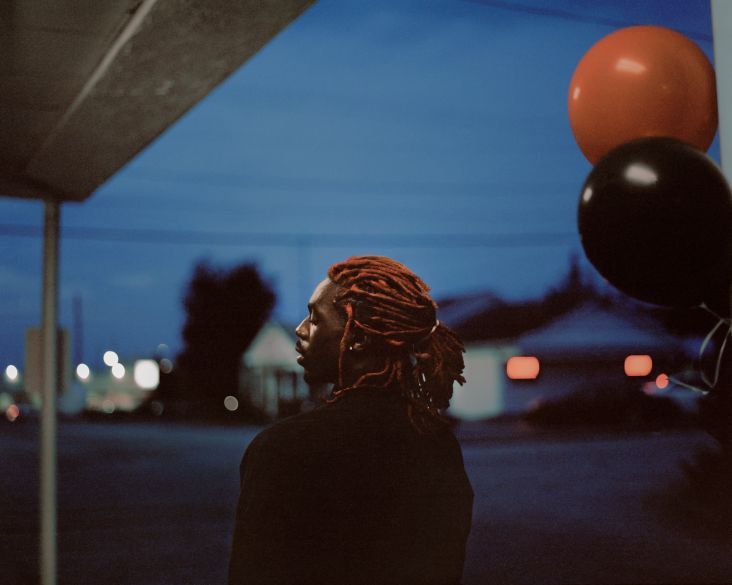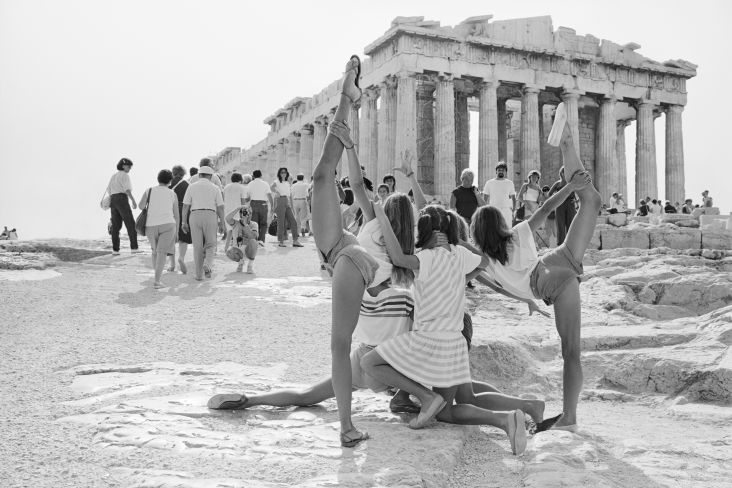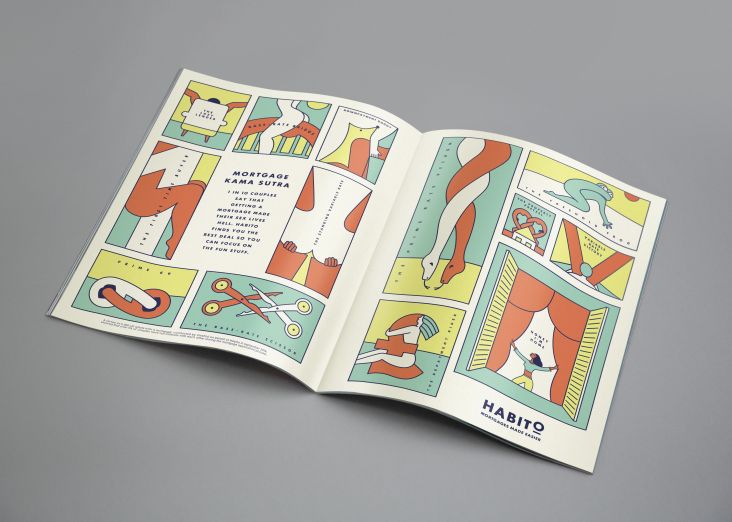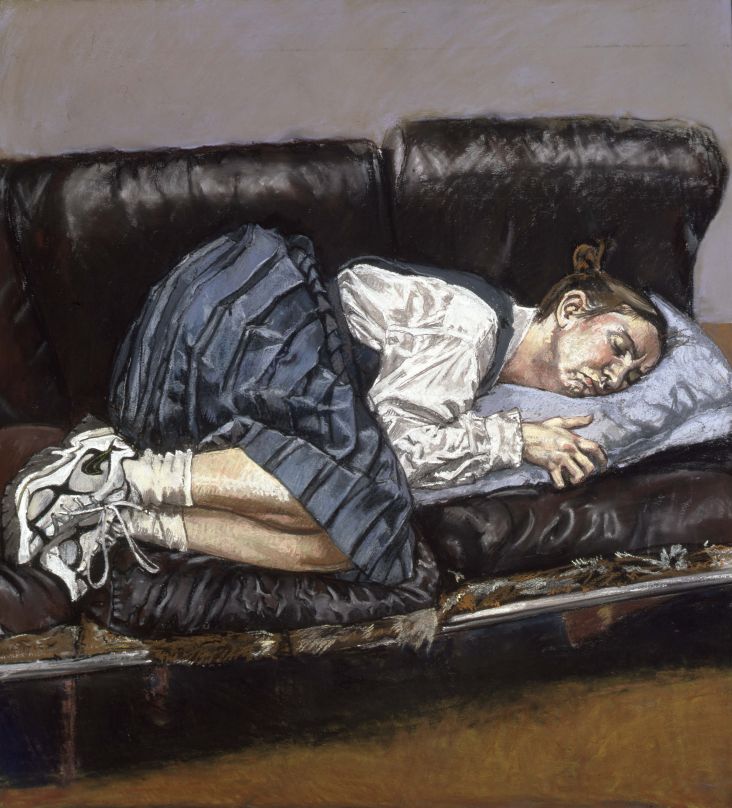A major show celebrates Ambrose McEvoy, the 'go-to portrait painter for England’s young elite'
Ambrose McEvoy's subjects, often dramatically illuminated by his novel use of coloured lightbulbs, have been generally overlooked in the history of 20th-century British art.
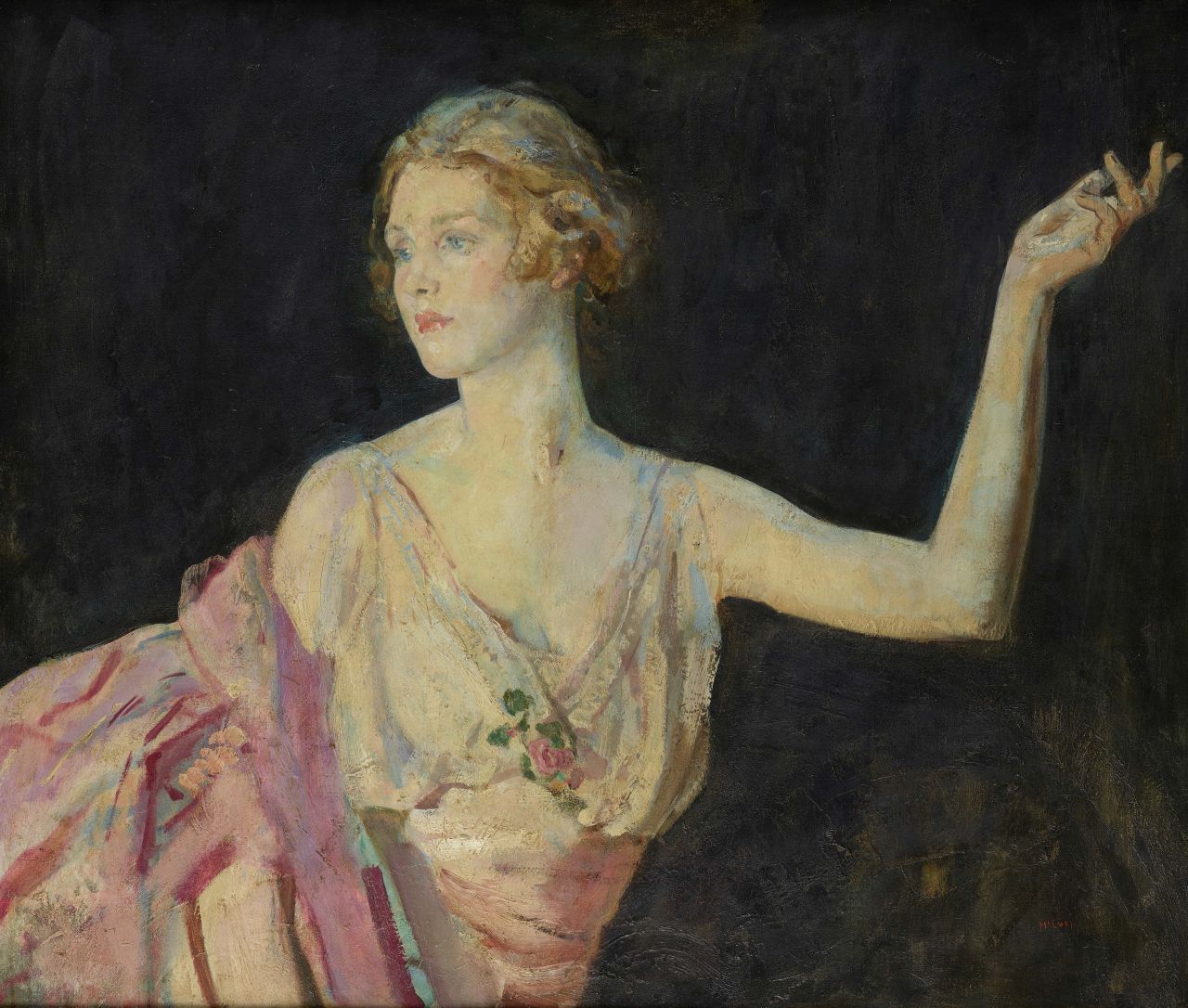
Portrait of Lady Diana Cooper (née Manners), 1916 – Ambrose McEvoy (1877-1927). Copyright Philip Mould & Company
But now a major retrospective of his work is to be held at Philip Mould & Company, celebrating the "effervescent society portraitist whom art history had all but forgotten". It's the first time in 50 years that his paintings have been exhibited together.
It was James Abbott McNeill Whistler, a close family friend, who encouraged the young boy to pursue an artistic career. Recognising a precocious talent in the youthful McEvoy, Whistler did all that he could to provide the aspiring painter with a sense of professional guidance. On recommending he enrol at the prestigious Slade School of Fine Art, McEvoy joined at the age of just 16 (though claiming he was 15).
Soon after leaving the Slade, McEvoy set himself up in a small studio in Danvers Street and gained a reputation as a talented painter in oils, working in a manner undoubtedly influenced by his former mentor, Whistler. Early works, such as The Ear-Ring exemplify this early period when McEvoy was making a mark for himself. It is a painting in which subject-matter takes precedence over the technique itself, which in this case is conventionally academic in approach, something that McEvoy would later abandon entirely.
At the time of his death on 4 January 1927 Ambrose McEvoy ARA was at the pinnacle of his career. Aged 49, he had already established himself as the go-to alternative society portrait painter for England’s young mercantile and industrial elite.
The 'modern Gainsborough' of his day, his confidently experimental work was in high demand during the 1920s and in 1927 McEvoy had more commissions scheduled in his diary than at any other point in his career. However, by the 1950s, McEvoy's frenetic portraits of socialites, celebrities and bright young things, formerly celebrated for their free-spirited abandon, had ceased to retain their appeal to a society recovering from the aftermath of war.
The frivolity and opulence that had come to characterise Edwardian England were no longer deemed an appropriate expression of the period. Instead, Britain was looking towards the future and pre-war reminders swiftly fell out of favour, including the work of Ambrose McEvoy. He is someone who should be remembered as one of the most successful British portrait painters of the early 20th-century but instead doesn't have the wider recognition he deserves.
Divine People: The Art of Ambrose McEvoy will run from 26 November 2019 until 24 January 2020 at Philip Mould & Company on London's Pall Mall. Discover more: www.philipmould.com.
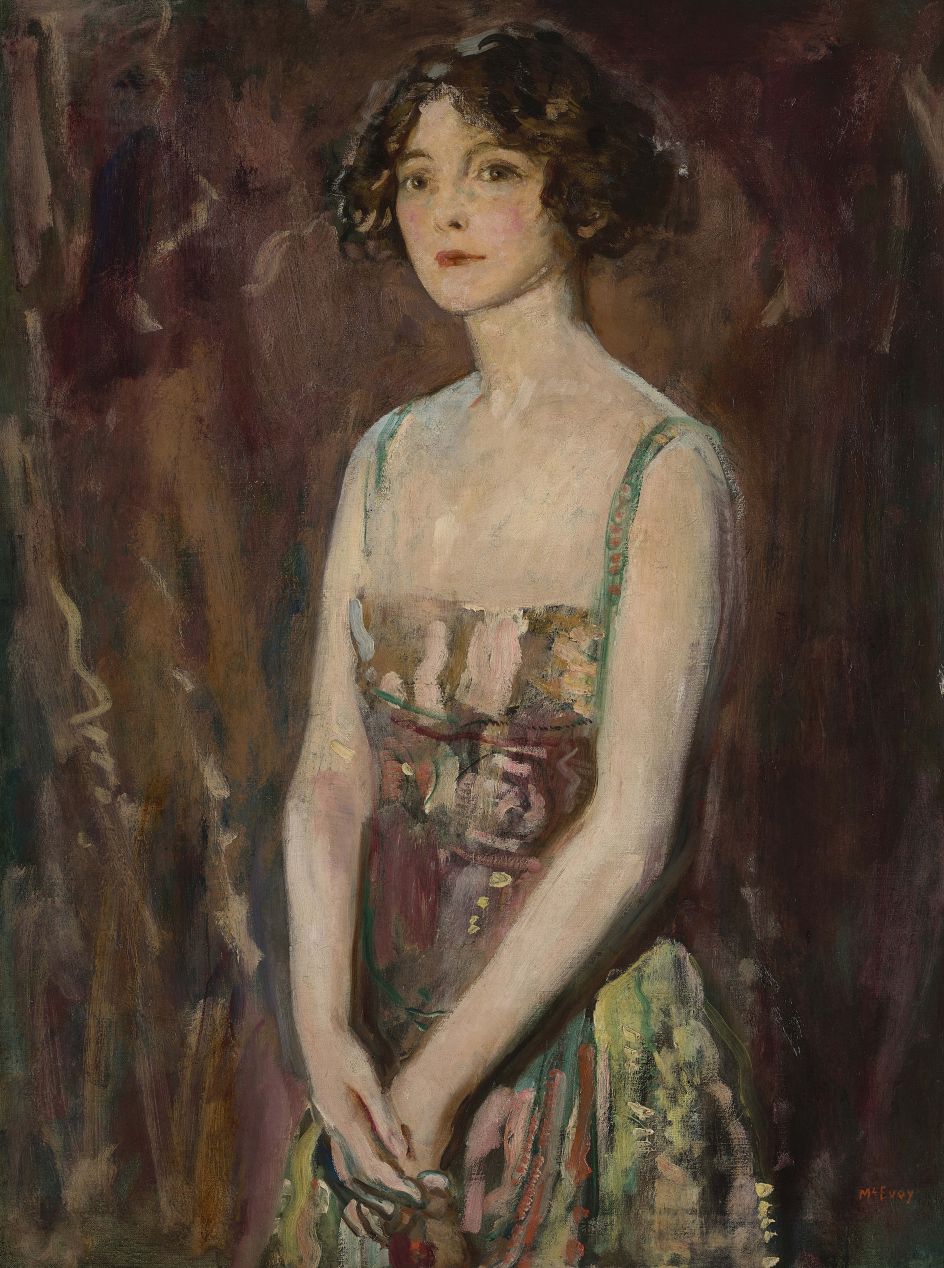
Portrait of a Lady, c.1920 – Ambrose McEvoy (1877-1927). Copyright Philip Mould & Company
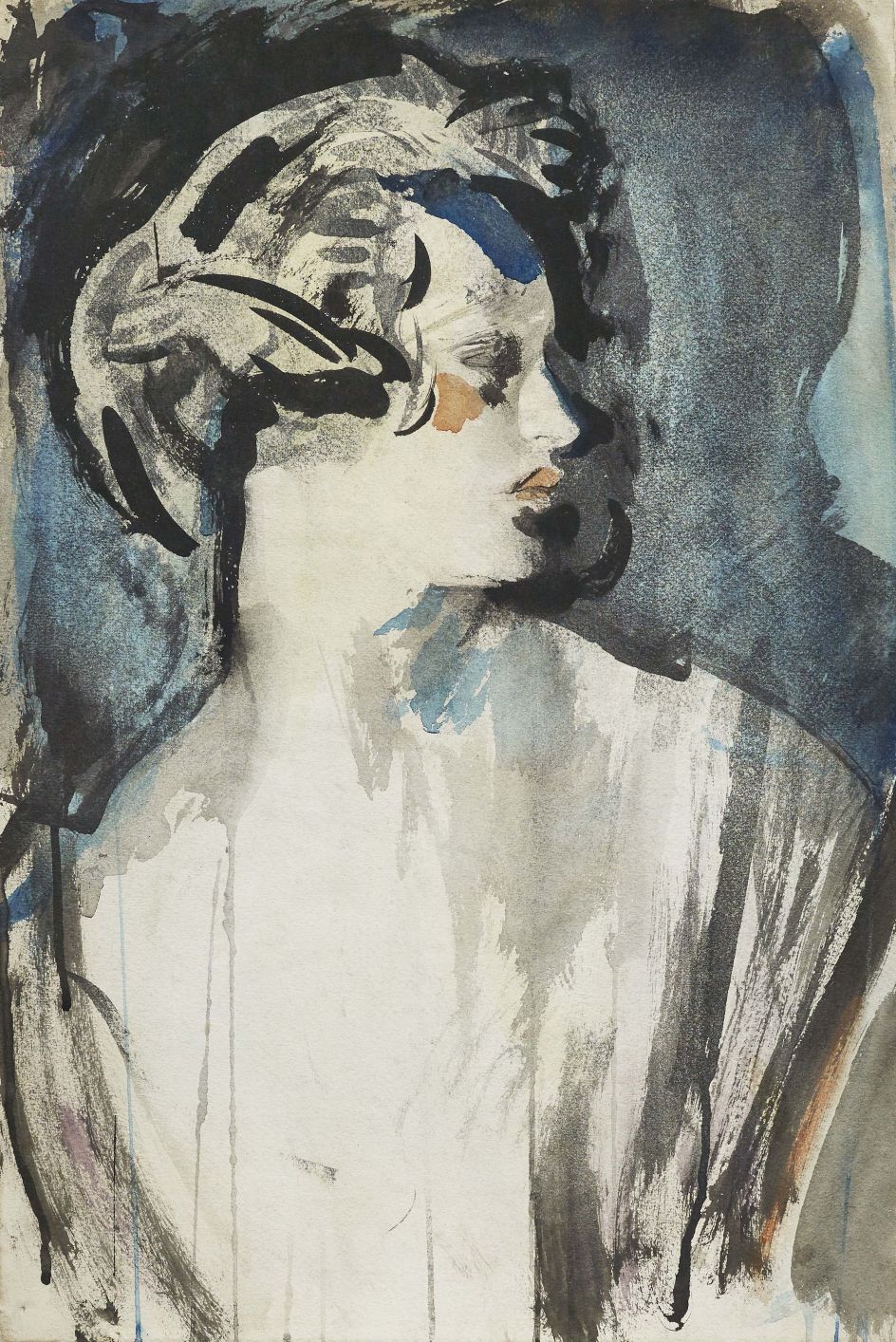
The Hon. Lois Sturt (later Viscountess Tredegar) (1900-37), 1920 – Ambrose McEvoy (1877-1927). Copyright Philip Mould & Company
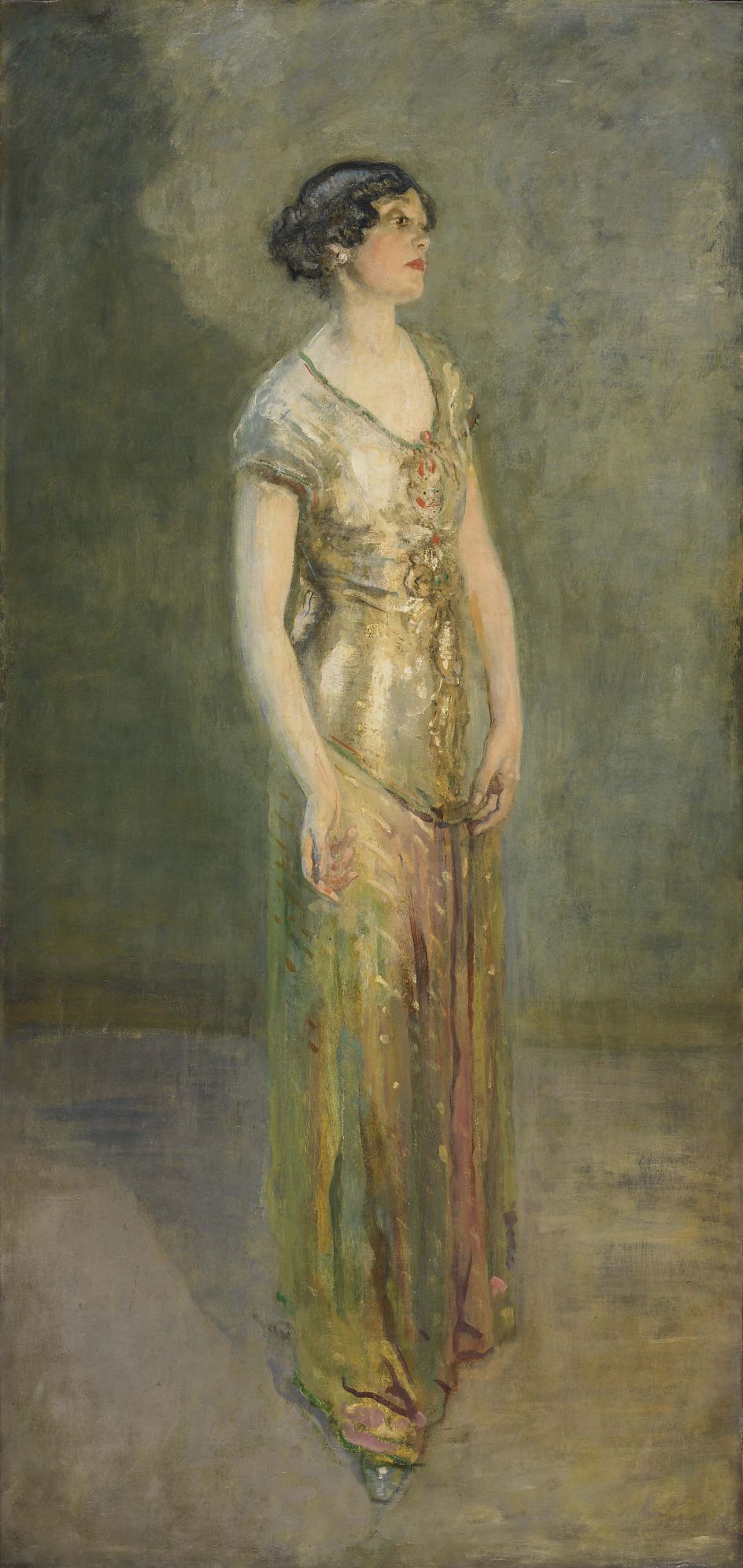
Mrs Cecil Baring (1916) – Ambrose McEvoy (1877-1927). Copyright: National Museums Liverpool, Walker Art Gallery, Presented by Arthur Pollen 1967
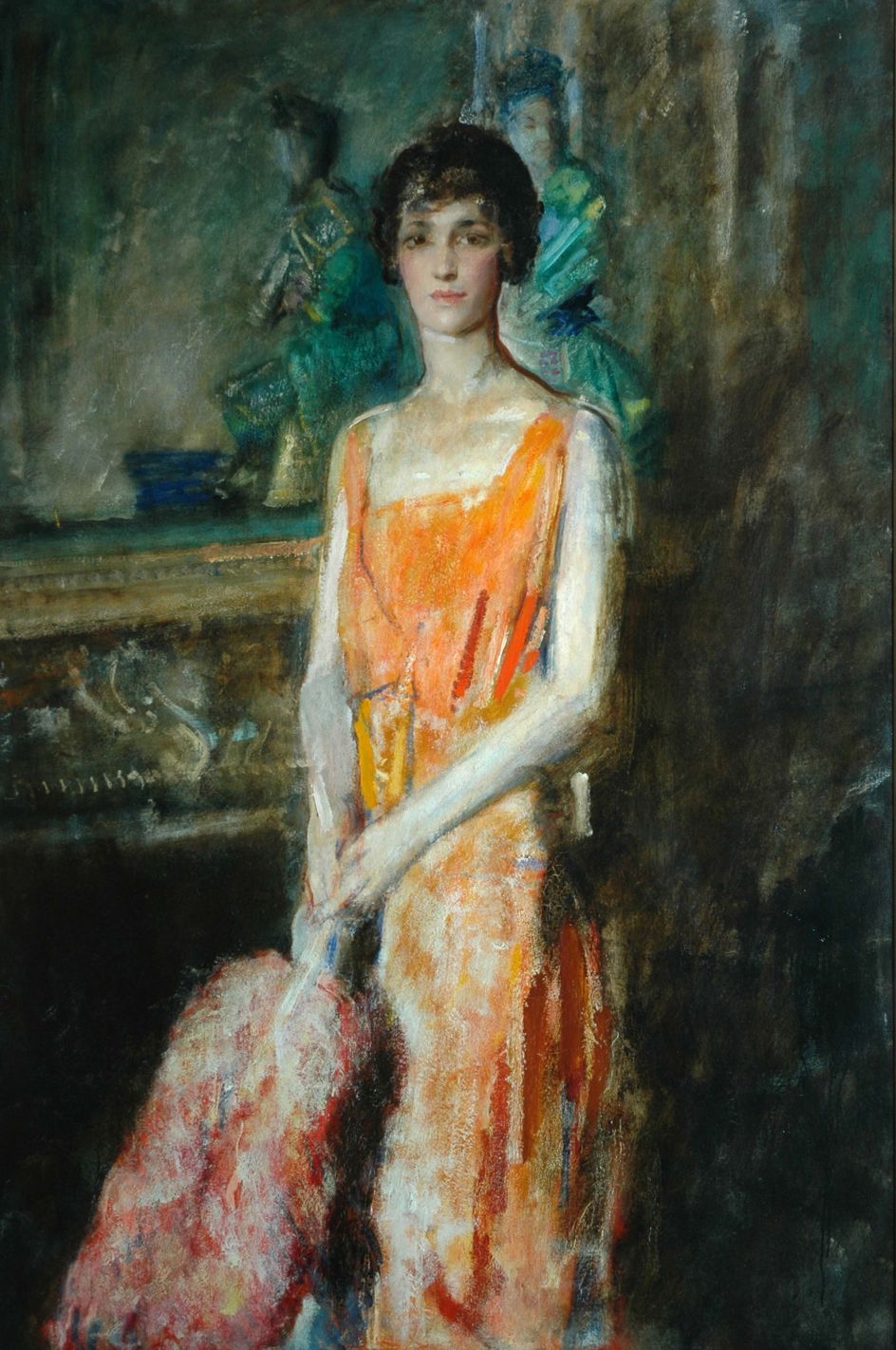
Mademmoiselle de Pourtales (1921) – Ambrose McEvoy (1877-1927). Copyright Bradford Museums & Galleries
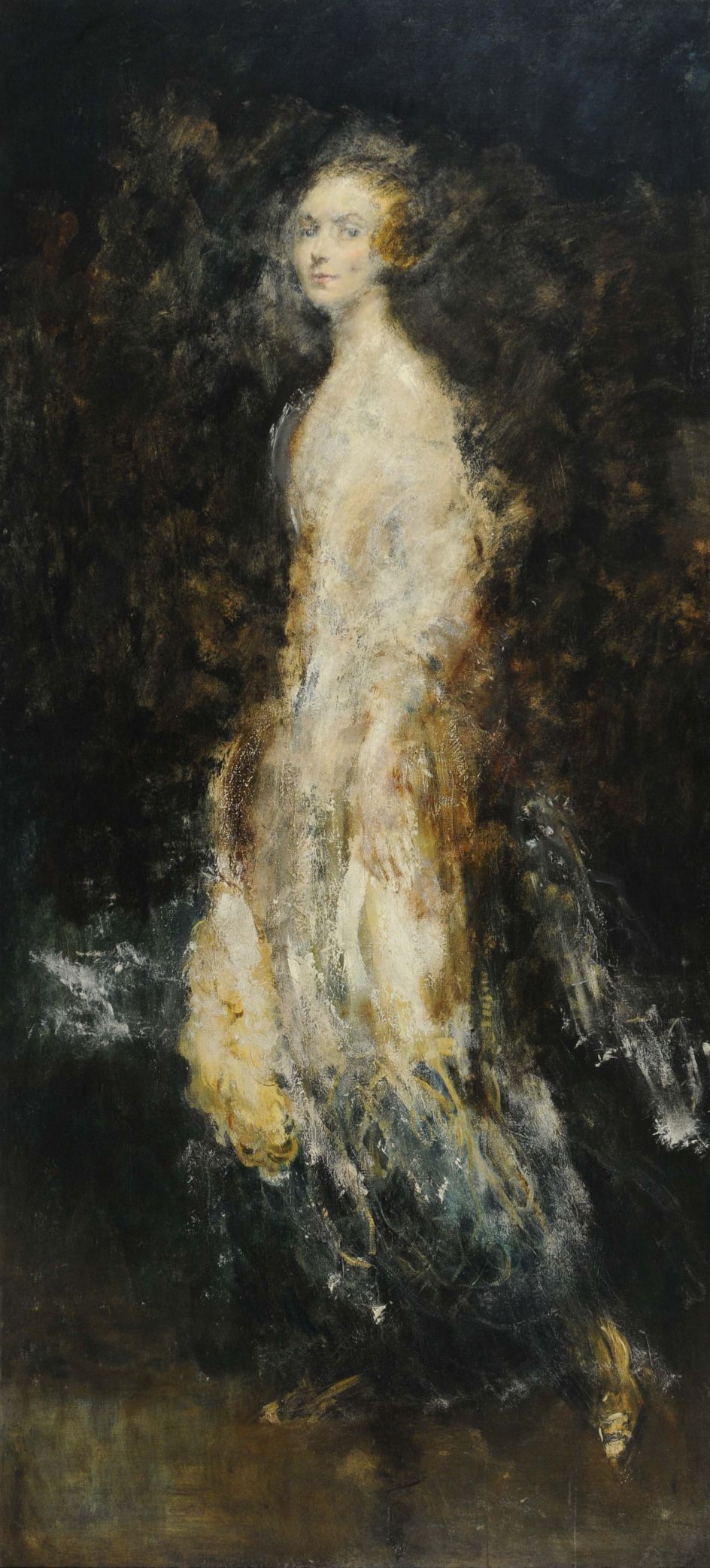
Viscountess Cranborne (undated) – Ambrose McEvoy (1877-1927). Copyright Museums Sheffield

 for Creative Boom](https://www.creativeboom.com/upload/articles/06/063686a9a3b095b9b1f0e95df917ed4bd342be1b_732.jpg)



 using <a href="https://www.ohnotype.co/fonts/obviously" target="_blank">Obviously</a> by Oh No Type Co., Art Director, Brand & Creative—Spotify](https://www.creativeboom.com/upload/articles/6e/6ed31eddc26fa563f213fc76d6993dab9231ffe4_732.jpg)
 by Tüpokompanii](https://www.creativeboom.com/upload/articles/58/58684538770fb5b428dc1882f7a732f153500153_732.jpg)









